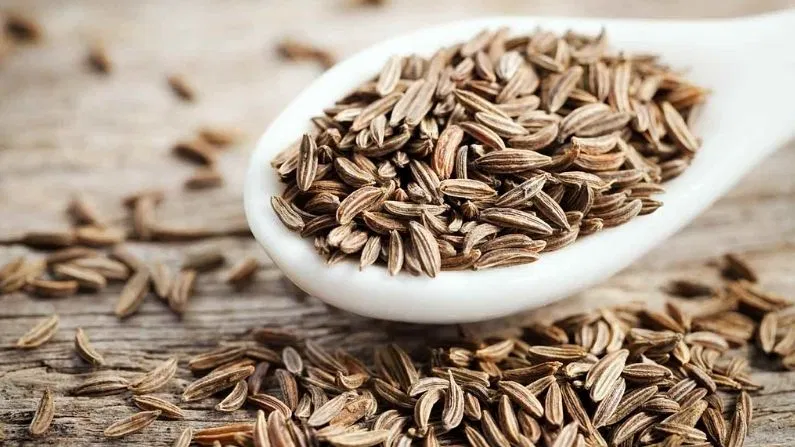New Delhi, July 7, 2024 – Cumin, known as “जीरा” in Hindi, is a popular spice used extensively in Indian cuisine and other culinary traditions worldwide. Derived from the seeds of the Cuminum cyminum plant, cumin is celebrated for its distinctive flavor and numerous health benefits. In this article, we will explore the various uses of cumin, its health benefits, and its nutritional composition.
Culinary Uses of Cumin
Cumin seeds are a staple in many kitchens, often used whole or ground into a powder. They are frequently roasted to enhance their flavor before being added to dishes. Here are some popular culinary uses of cumin:
- Spice Blends: Cumin is a key ingredient in many spice blends such as garam masala, curry powder, and chili powder.
- Curries and Stews: Cumin adds a warm, earthy flavor to curries, stews, and soups.
- Rice Dishes: It is commonly used to flavor rice dishes like biryani and pulao.
- Vegetable Dishes: Cumin enhances the taste of various vegetable preparations.
- Breads: In some cultures, cumin seeds are sprinkled on bread before baking.
Health Benefits of Cumin
Cumin is not just a flavorful spice; it also offers several health benefits due to its rich nutrient profile and active compounds.
- Aids Digestion: Cumin is known to stimulate the production of digestive enzymes, improving digestion and reducing bloating.
- Rich in Antioxidants: Cumin contains antioxidants that help combat free radicals in the body, reducing oxidative stress and lowering the risk of chronic diseases.
- Anti-inflammatory Properties: The compounds in cumin have anti-inflammatory effects, which can help reduce inflammation in the body.
- Boosts Immunity: Cumin is rich in vitamin C, which is essential for a healthy immune system.
- Regulates Blood Sugar: Some studies suggest that cumin may help improve blood sugar control, making it beneficial for people with diabetes.
- Promotes Weight Loss: Cumin may assist in weight loss by enhancing metabolism and improving fat breakdown.
Nutritional Value of Cumin
Cumin seeds are packed with essential nutrients that contribute to their health benefits. Here is a breakdown of the nutritional composition of cumin per 100 grams:
- Calories: 375 kcal
- Protein: 17.8 grams
- Fat: 22.3 grams
- Carbohydrates: 44.2 grams
- Fiber: 10.5 grams
- Vitamins and Minerals:
- Vitamin A: 1270 IU
- Vitamin C: 7.7 mg
- Calcium: 931 mg
- Iron: 66.4 mg
- Magnesium: 366 mg
- Phosphorus: 499 mg
- Potassium: 1788 mg
How to Incorporate Cumin into Your Diet
Adding cumin to your diet is easy and can enhance both the flavor and nutritional value of your meals. Here are some tips on how to incorporate cumin into your daily diet:
- Spice Up Your Soups and Stews: Add a teaspoon of ground cumin to your soups and stews for an extra layer of flavor.
- Flavor Your Rice: When cooking rice, add a pinch of cumin seeds to the boiling water or use ground cumin in your pilaf recipes.
- Season Vegetables: Sprinkle ground cumin on roasted or sautéed vegetables.
- Make Spiced Drinks: Prepare a refreshing cumin-infused drink by adding a pinch of ground cumin to buttermilk or lemonade.
- Add to Breads and Crackers: Incorporate cumin seeds into your bread or cracker dough before baking.
Conclusion
Cumin, or जीरा, is a versatile spice that not only enhances the flavor of many dishes but also offers numerous health benefits. Its rich nutritional profile makes it a valuable addition to any diet. Whether you use it in spice blends, curries, rice dishes, or as a seasoning for vegetables, cumin can contribute to better digestion, improved immunity, and overall well-being. So, go ahead and add this ancient spice to your kitchen arsenal for a tasty and healthy culinary experience.









Leave a Reply